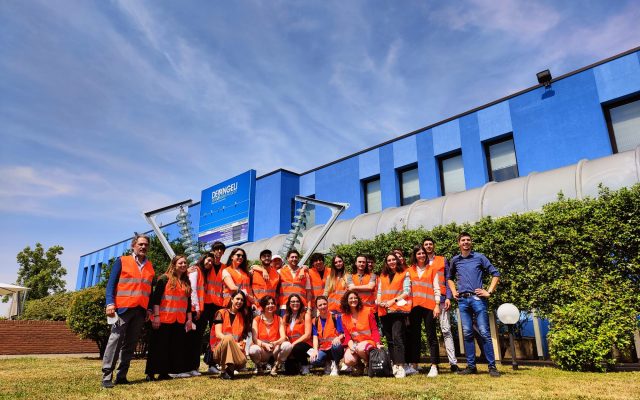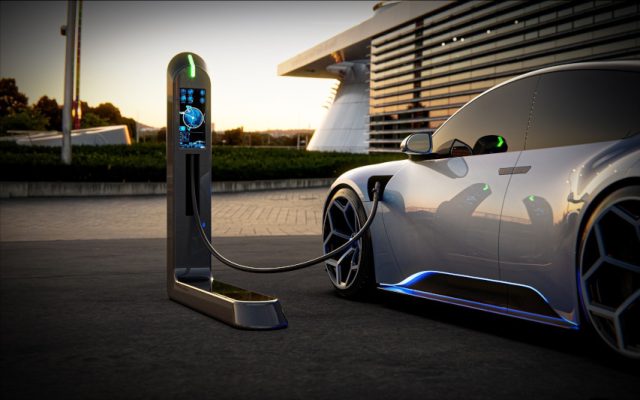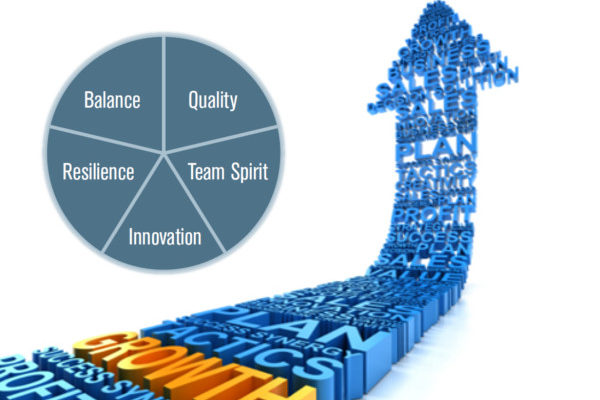The article outlines the history and evolution of the electric motor, highlighting current challenges and opportunities with the Internet of Things.
The electric motor transforms electrical energy into mechanical energy, and its evolution and dissemination are crucial in today’s delicate situation amid climate change and non-renewable resource challenges. Therefore, its use has found applications in various sectors, ranging from small household appliances to large industrial machinery, and notably in one of its most interesting applications: electric transportation and e-Mobility, essential for reducing air pollution in cities and decreasing dependence on oil.
Indeed, while the train and tram lines in Italy are mostly electric, the same cannot be said for cars, motorcycles, and bicycles. Their adoption is currently hindered by both cost issues and challenges related to charging times and locations. It is precisely on these two aspects that the greatest attention needs to be focused.
- 1. History and development of the electric motor
- 2. The electric motor today: challenges and potentials
- 3. Motore elettrico e Internet delle cose (IoT)
- 4. Conclusion
1. History and development of the electric motor
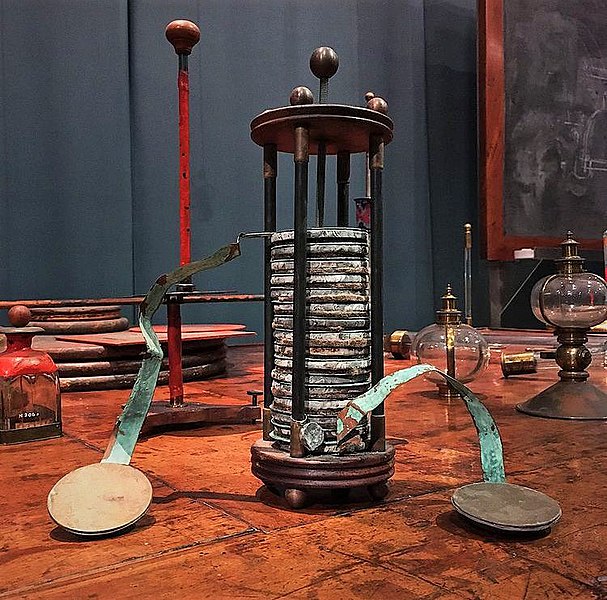
Given its limited current prevalence, it may seem incredible that the history of the electric motor began as early as the 1700s, with the Italian physicist Alessandro Volta (1745-1827), the inventor of the electric battery. Volta’s battery was crucial for the development of electric motors as it provided, for the first time, a source of continuous and reliable electrical current, unlike the electrostatic machines of the past that could only produce short bursts of static electricity.
Thanks to Volta’s discoveries, numerous scientists began working on this topic. In 1821, Michael Faraday (1791-1867) demonstrated the principle of converting electrical energy into mechanical energy, laying the groundwork for the future invention of the electric motor. In 1834, the American inventor Thomas Davenport (1802-1851) built a direct current (DC) electric motor that used a commutator, a device that would later become a standard component in electric motors. What’s particularly interesting is that Davenport constructed numerous models for applying the electric motor, including a railway network. In 1880, Nikola Tesla (1856-1943) developed the alternating current (AC) electric motor, overcoming many limitations of direct current motors, including the inefficient transmission of electricity over long distances.
In 1866, the German inventor Werner von Siemens (1816-1892) developed the first self-starting electric motor. Finally, the studies of Thomas Edison (1847-1931) on the distribution networks of electrical energy were crucial for the widespread distribution of electricity on a large scale, making electricity easily accessible and enabling the proliferation of the electric motor.
2. The electric motor today: challenges and potentials
Thomas Edison’s experiments and results have literally propelled the electric motor into the present, with research becoming increasingly complex and unstoppable. Today, it is crucial to improve energy efficiency, reduce production costs, utilize renewable sources, and integrate smart grids. To address the first three challenges, significant efforts are being made in material research, particularly on superconductors. Regarding integration with smart grids, digitization, and the adoption of the Internet of Things (IoT), new doors are opening in the development of electric motors with increasingly interconnected and intelligent systems.
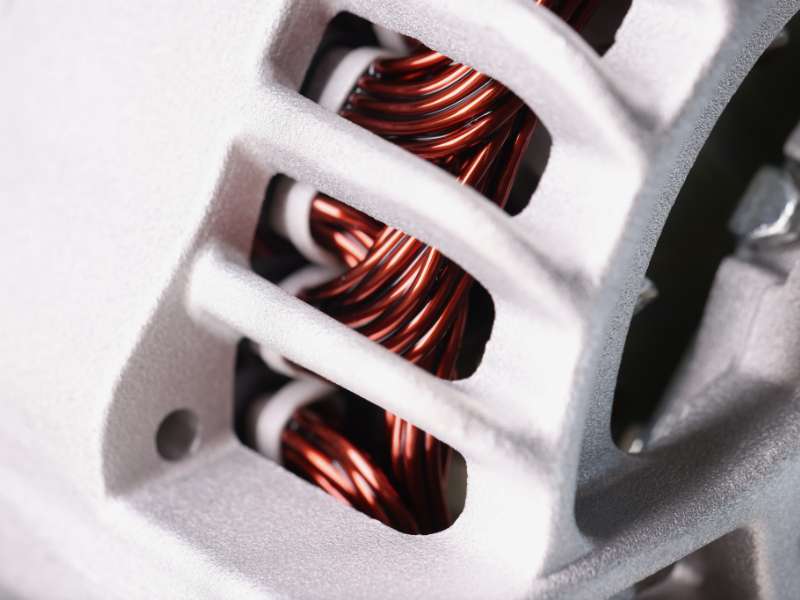
3. Electric motor and Internet of Things (IoT)
The integration of electric motors with the Internet of Things (IoT) is opening new frontiers in efficiency, control, and innovation across various sectors.
3.1 Interconnection and communication
The essence of IoT lies in the connectivity and communication between devices. When the electric motor is integrated with intelligent sensors and network connectivity, it can transmit real-time data about its operations, enabling constant monitoring of performance, health, and energy efficiency.
3.2 Predictive maintenance
One of the most revolutionary aspects of integrating electric motors into IoT is predictive maintenance, which reduces downtime and increases the motor’s longevity, leading to significant economic benefits. Through the analysis of data collected by sensors, it becomes possible to predict failures or malfunctions before they occur.
3.3 Automation and remote control
IoT-enabled electric motors can be remotely controlled and managed with more precise adjustments to operational parameters. This aspect is particularly advantageous in industrial environments or situations where physical access to the motor is difficult or dangerous.
3.4 Energy efficiency
The collection and analysis of data enable the optimization of the electric motor’s operation, thereby reducing both energy consumption and environmental impact.
4. Conclusion
The electric motor, evolving from a simple device for energy conversion, has become a cornerstone of modern technology. Its continuous evolution from the 1700s to the present attests to its significance in shaping the impact of energy—from cost to the environment—on current and future generations.
